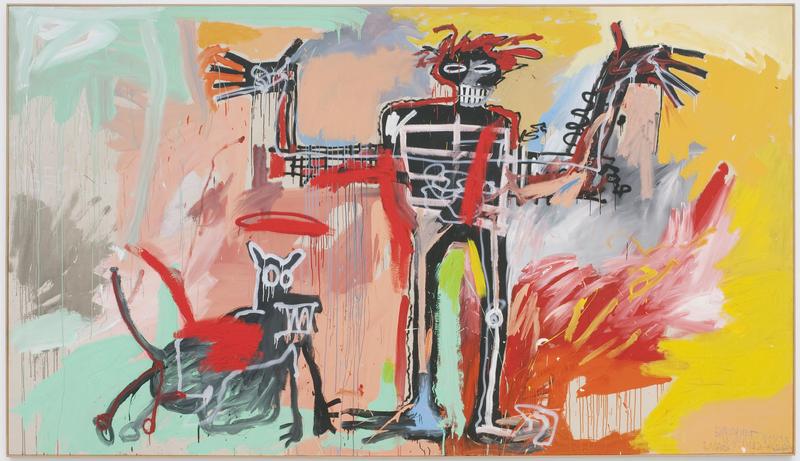
There is no rule that says art collectors have to be angels. Peter Brant, for one, became unpopular in the art world after he drove Andy Warhol’s Interview magazine into bankruptcy. Brant, who made his fortune in the paper business, purchased Interview in the late ‘80s, shortly after Warhol’s death. The bankruptcy case took the form of a chapter 7 liquidation, as opposed to a chapter 11 restructuring. It allowed Brant to ditch some 300 creditors — many of them grieved writers and editors —and buy back his assets at bargain-basement prices.
So how is it that the Brant Foundation now has sufficient money to open its latest art edifice, a deluxe private museum in the East Village, at 421 East 6th Street, in a former yellow-brick ConEd substation that has been renovated to austere perfection by Richard Gluckman of Gluckman Tang architects? Brant and his family already own a museum in Greenwich, CT., where you can currently see a large, captivating show of works by Francesco Clemente, the New York-based Italian artist who has never given up on the theme of the dreaming human body.
For their inaugural show in New York, Brant and his team have installed some 70 paintings and drawings by Jean-Michel Basquiat, returning the artist to his East Village roots. Basquiat, one of the princes of the ‘80s art scene, began his career on the streets. A high-school drop-out and self-styled outcast, he once slept in doorways, carried his drawings in a paper bag, and added his graffiti tag (SAMO) to subway walls. By 1981, working on canvas instead of cement, he re-invented himself as a potent neo-Expressionist, combining the rawness of street art with an exquisite sensitivity to the drawn line.
I am not sure that the new show has a clear theme, other than what I can only call Very Expensive Paintings. Brant has fleshed out his own Basquiat holdings with impressive loans, including the untitled six-foot-high skull painting owned by the Japanese collector Yasaku Maezawa, and a similarly monumental skull owned by The Broad in Los Angeles. Still, I don’t think Basquiat, who died in 1988 of a drug overdose, was the best choice to open the new space. For one thing, he has already been the subject of many excellent shows, including “Basquiat: The Unknown Notebooks,” at the Brooklyn Museum in 2015. “Defacement,” a Basquiat show opening at the Guggenheim Museum in June, will look at the artist’s protests against policy brutality.
The Brant space in the East Village is not a commercial gallery but part of a private foundation, which may entitle it to tax benefits. Yet, to judge from the current exhibition, the new space lacks the public amenities we expect of not-for-profit institutions. There is no catalogue for the current show, no brochure, and next to no information about individual artworks. Admission is free, but visitors are required to reserve tickets in advance; so far, according to its website, there is already a waiting list. How is Brant’s new space different than a commercial gallery? I don’t see any real difference, except that it comes enshrouded in vanity and self-promotion.
Editor's note: This story has been updated with the correct address.

